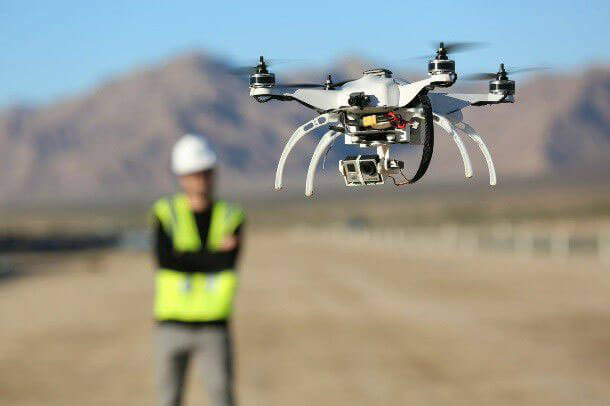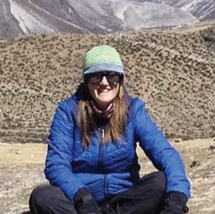Project team
Why it matters
Leaks from submerged water mains pipes and aqueducts give rise to major operational and environmental costs within the water services industry. Within the South West England water network, overseen by South West Water (SWW), there are over 15,000 km of buried pipes and every year £7 m is spent on detecting and tackling leaks in the network.
The biggest challenge towards addressing major systematic leaks is detecting them. Pipes often lie deep underground and identifying the exact location of a leak can be hard using standardised ‘in-pipe’ monitoring. Optical signatures of leaks seen above ground can be indistinguishable from natural patterns in soil surface wetness.
State-of-the-art thermal imaging approaches, previously developed by the University of Exeter SWEEP team, allow patterns of near-surface and surface water to be mapped from proximal sensing technology, including lightweight drones. Analysis of thermal imaging data can be combined with spatial information describing surface structure, to provide useful proxies for identifying pathways of water movement through landscapes. This SWEEP project was developed to test these approaches in an operational setting.

Partners
We’ve halved leakage levels in our region, but we know there’s more work to do. We’ll be investing over £50 million in the next five years to help us achieve a minimum 15% reduction in leakage by 2025.
South West Water
What we did
Activities involved:
- Construction of the drone platform for data acquisition.
- Design construction and programming of ground validation sensors.
- Developing and implementing a provisional method to target leak detection effort, by combining the above technologies with freely available remote sensing data. Features which are not clearly visible on the ground, or able to be hydrologically understood in isolation from the surrounding landscape, can also be identified.
- Deploying Unmanned Aerial System (UAS) mounted thermal cameras, in combination with near infrared imaging sensors, to detect leaks from rural water supply infrastructure.
Impacts & benefits
- Strengthened partnership approach at strategic level with SWW – Undertaken in partnership with SWW, this work enhanced the collaboration and transfer of research-based knowledge into SWW and the new £31M Centre for Resilience in Environment, Water and Waste (CREWW). CREWW is a transdisciplinary research centre, located at the University of Exeter, established in 2020 with investment from SWW (£10.5M) and Research England (£21.5M). CREWW is undertaking research into some of the most pressing environmental challenges facing the waste and water sectors.
- Improved SWW’s capabilities and knowledge for leak detection – This project developed an (1) operational leak detection method for detecting surface anomalies consistent with water main leaks using publicly available datasets and remote sensing tools and an approach operational approach for deployment of drones at locations identified as candidate leak anomalies, to aid in leak detection in hard to access or survey locations.
- Potential reductions in potable water lost from the water network :
- may reduce the requirement to abstract water from natural watercourses, improving overall aquatic health and environmental/resource resilience.
- benefit business and consumers via reduced water supply costs.
Looking to the future
SWW’s £10.5m investment in the Centre for Resilience in Environment, Water and Waste (CREWW) continues to strengthen their relationship with the University of Exeter.




